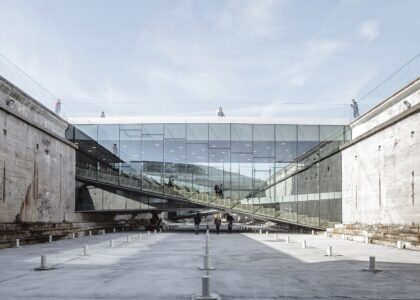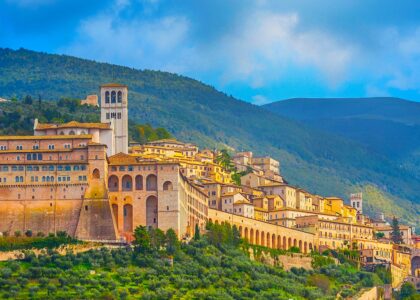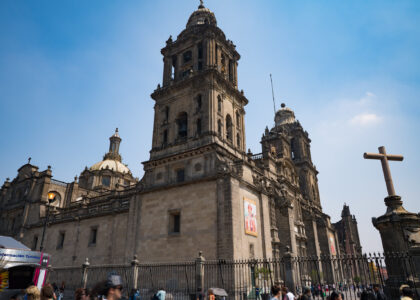Teatro Farnese:
One of the most stunning examples of Renaissance theater architecture, Teatro Farnese is a must-visit for anyone interested in the performing arts. Built in 1618, this wooden theater was commissioned by the Farnese family and boasts an elaborate, breathtaking design. The theater’s unique features, including its impressive proscenium arch and intricate backdrop, reflect the grandeur of the period.
Today, Teatro Farnese serves as a venue for various performances and events, showcasing both classical and contemporary works. Visitors can take guided tours to learn about the theater’s history and significance, as well as its role in Parma’s cultural life. The venue’s historical importance and architectural beauty make it a highlight of any trip to the city.

Palazzo della Pilotta:
A sprawling complex that embodies the artistic and historical essence of Parma, Palazzo della Pilotta is a testament to the city’s past glory. Originally built in the 16th century, this monumental palace houses several important institutions, including the National Gallery, the Bodoni Museum, and the Archaeological Museum.
The National Gallery features an impressive collection of artworks, including masterpieces by Parmigianino and Correggio, showcasing the rich artistic heritage of the region. The Bodoni Museum celebrates the legacy of Giambattista Bodoni, one of the most famous typographers of the 18th century. Visitors can wander through the grand halls and courtyards of the Palazzo, immersing themselves in the art and history that have shaped Parma.
Duomo di Parma:
The Parma Cathedral, or Duomo di Parma, is a striking example of Romanesque architecture, with elements of Gothic and Baroque styles. Completed in the 12th century, the cathedral is famous for its stunning frescoed dome painted by Correggio, depicting the Assumption of the Virgin Mary. The play of light and color in this masterpiece draws visitors into a celestial experience that is both spiritual and artistic.
Adjacent to the cathedral is the Baptistery, a pink marble structure that stands as one of the most important examples of medieval architecture in Italy. Its octagonal shape and intricate reliefs tell stories from the Bible, making it a fascinating site for art and history enthusiasts alike. The combination of the cathedral and the Baptistery offers a glimpse into the religious and artistic traditions that have flourished in Parma over the centuries.





